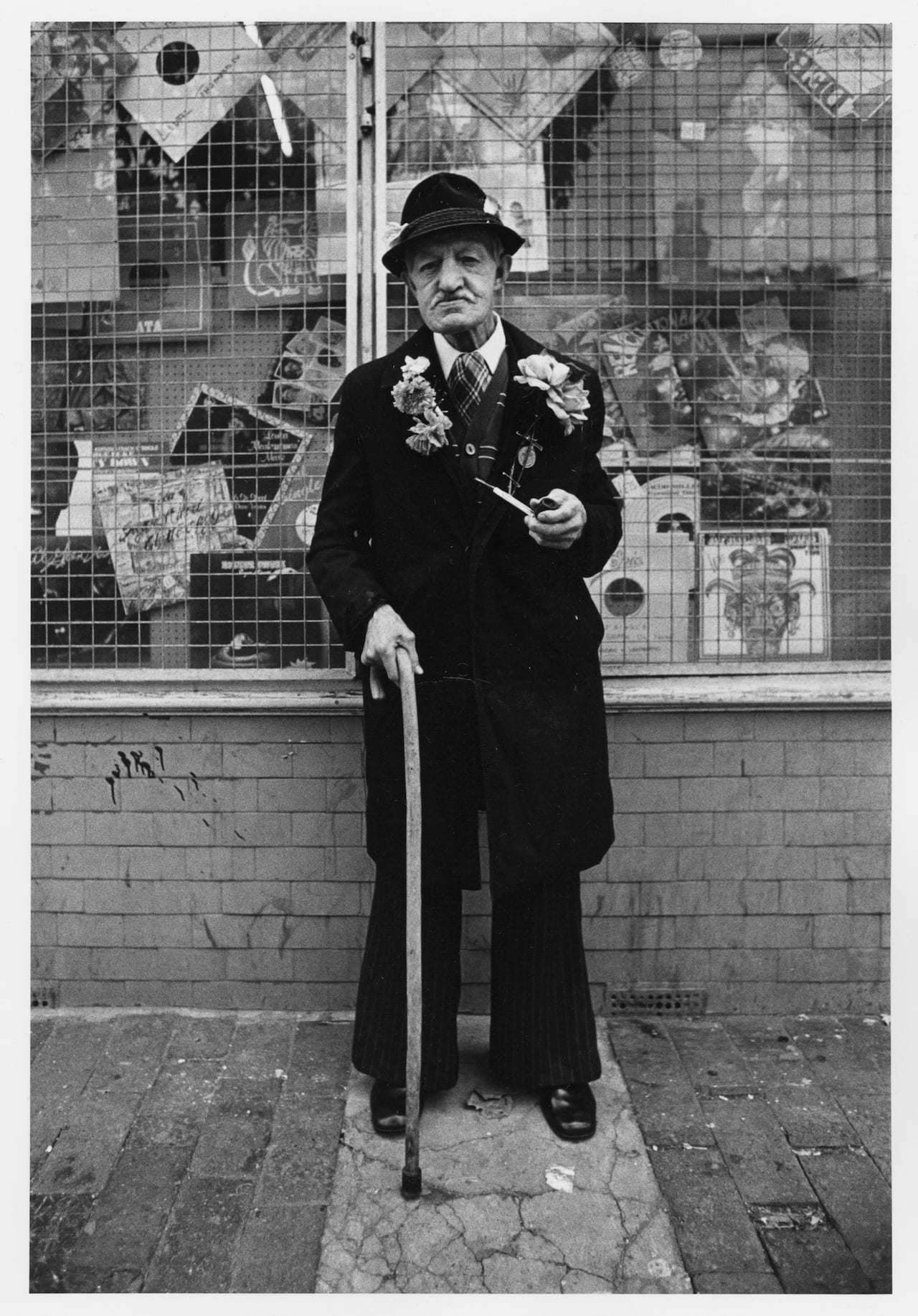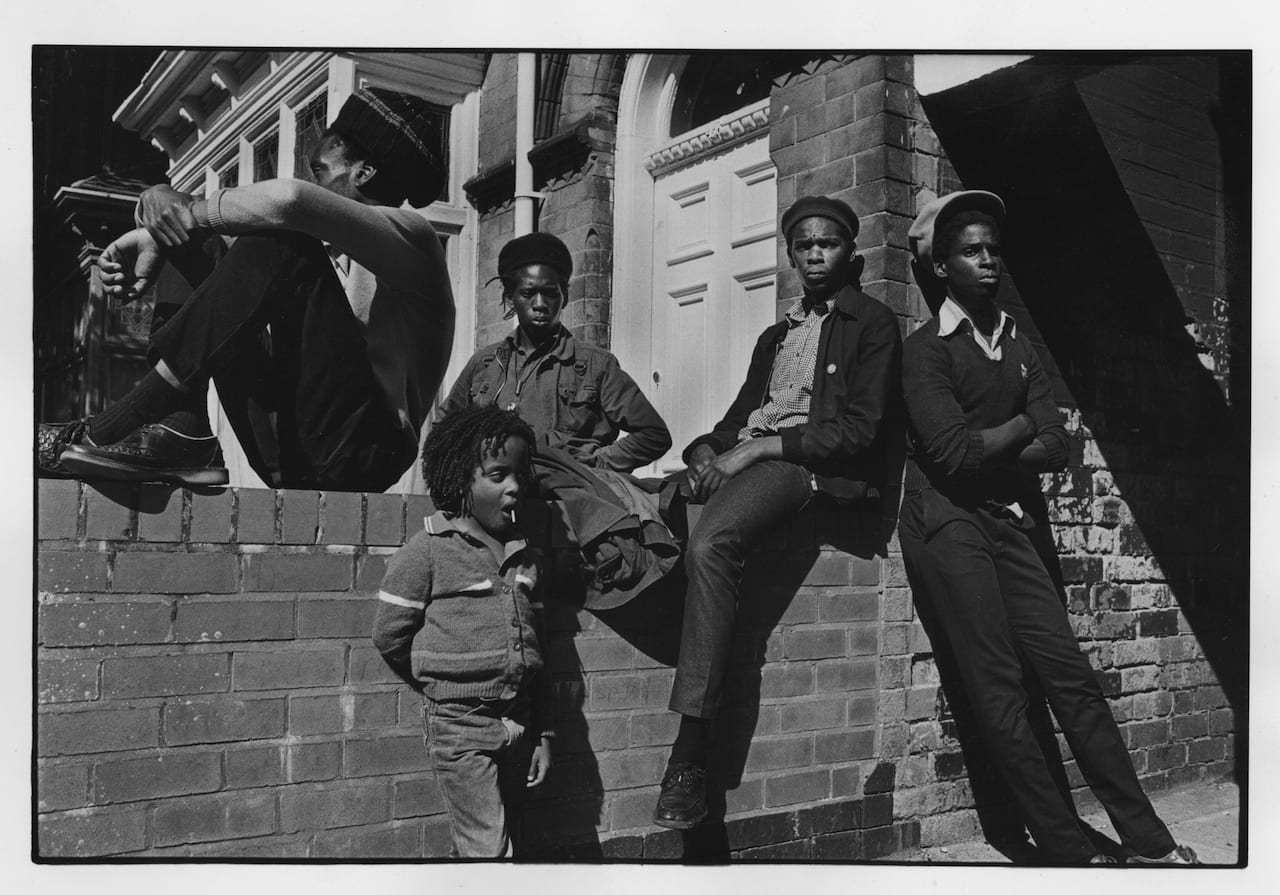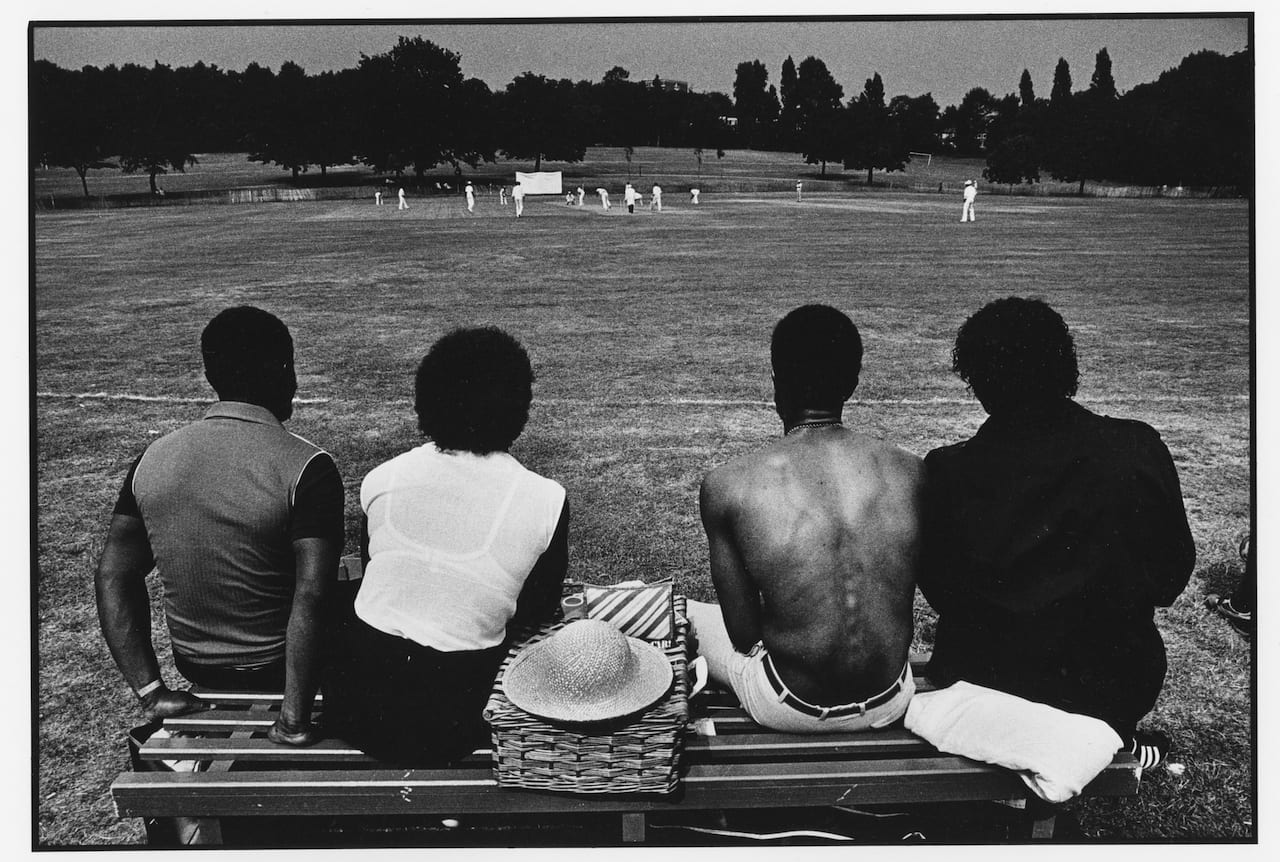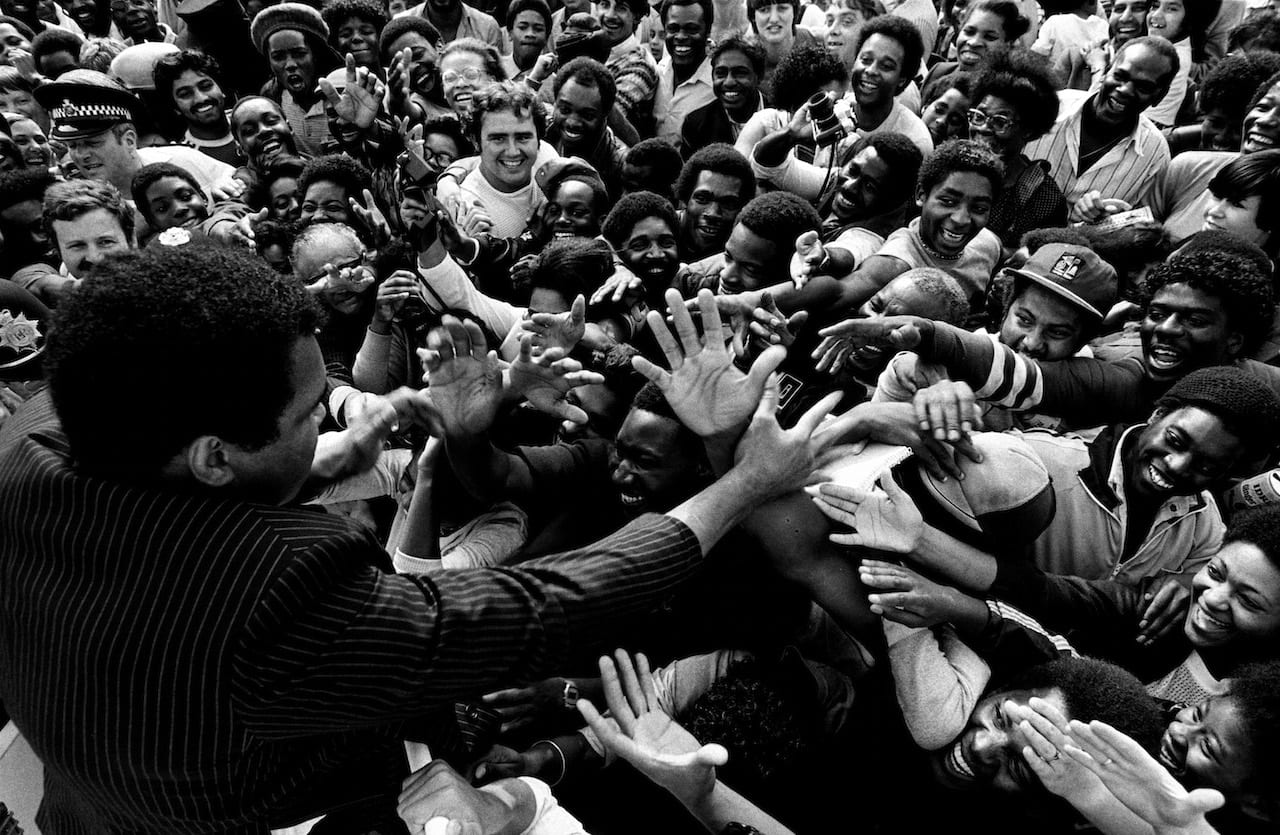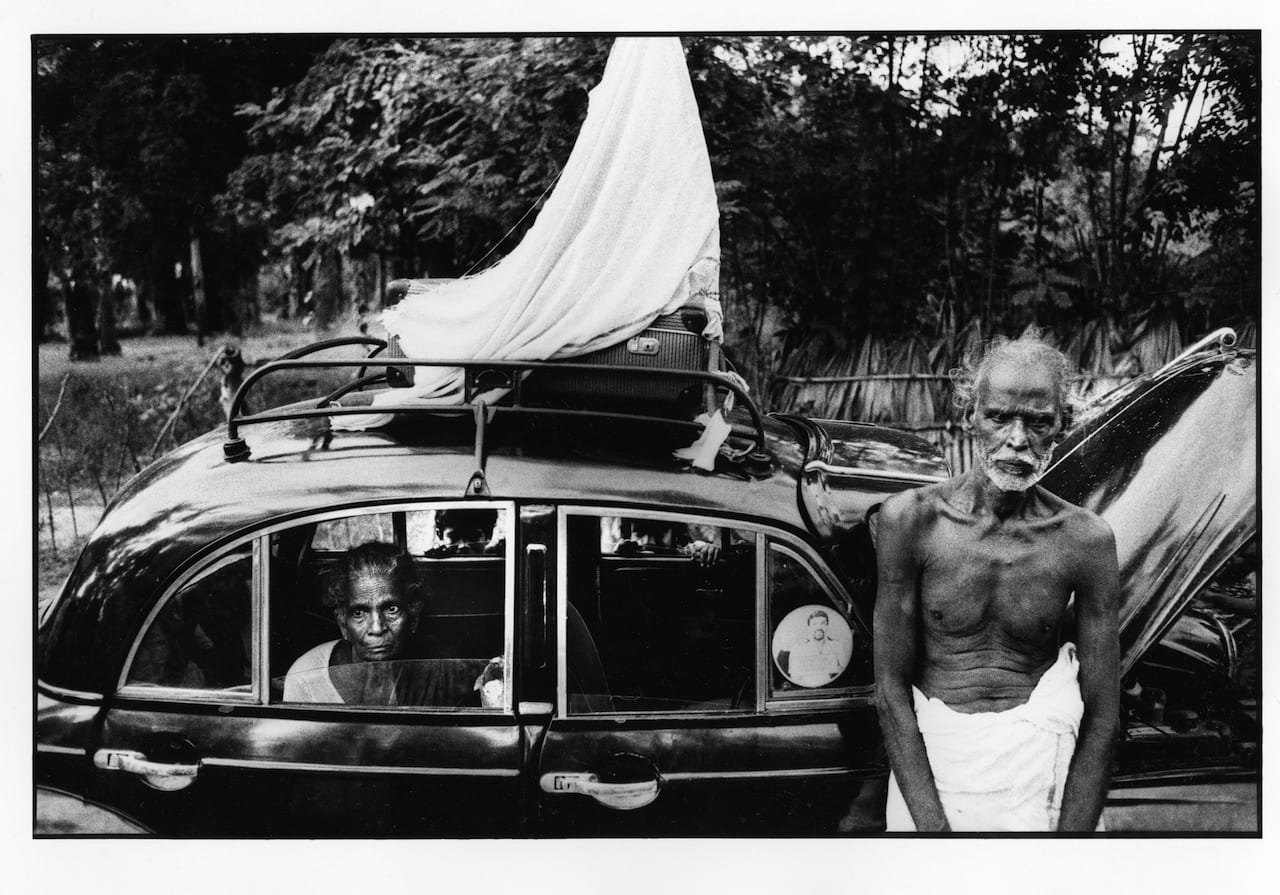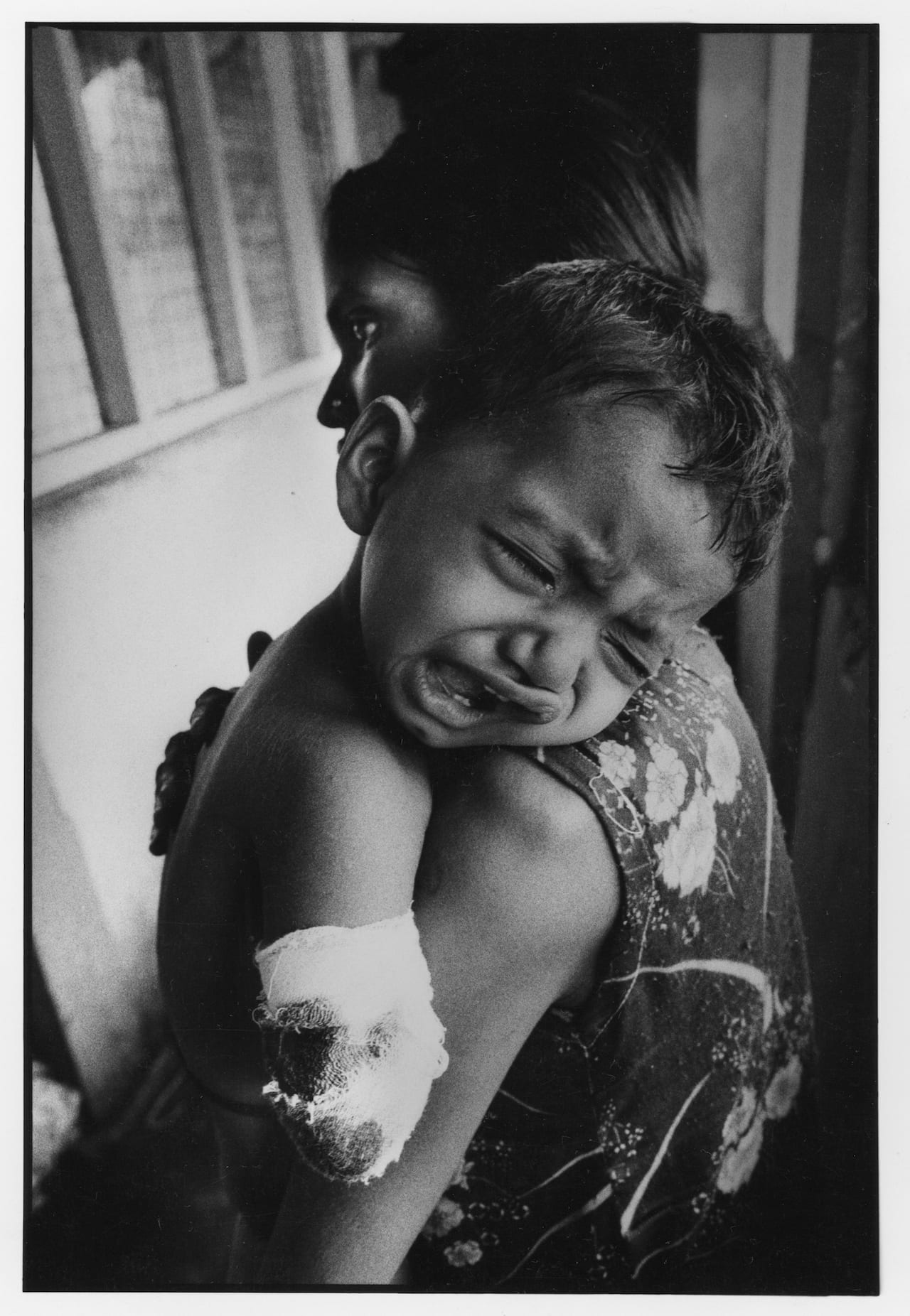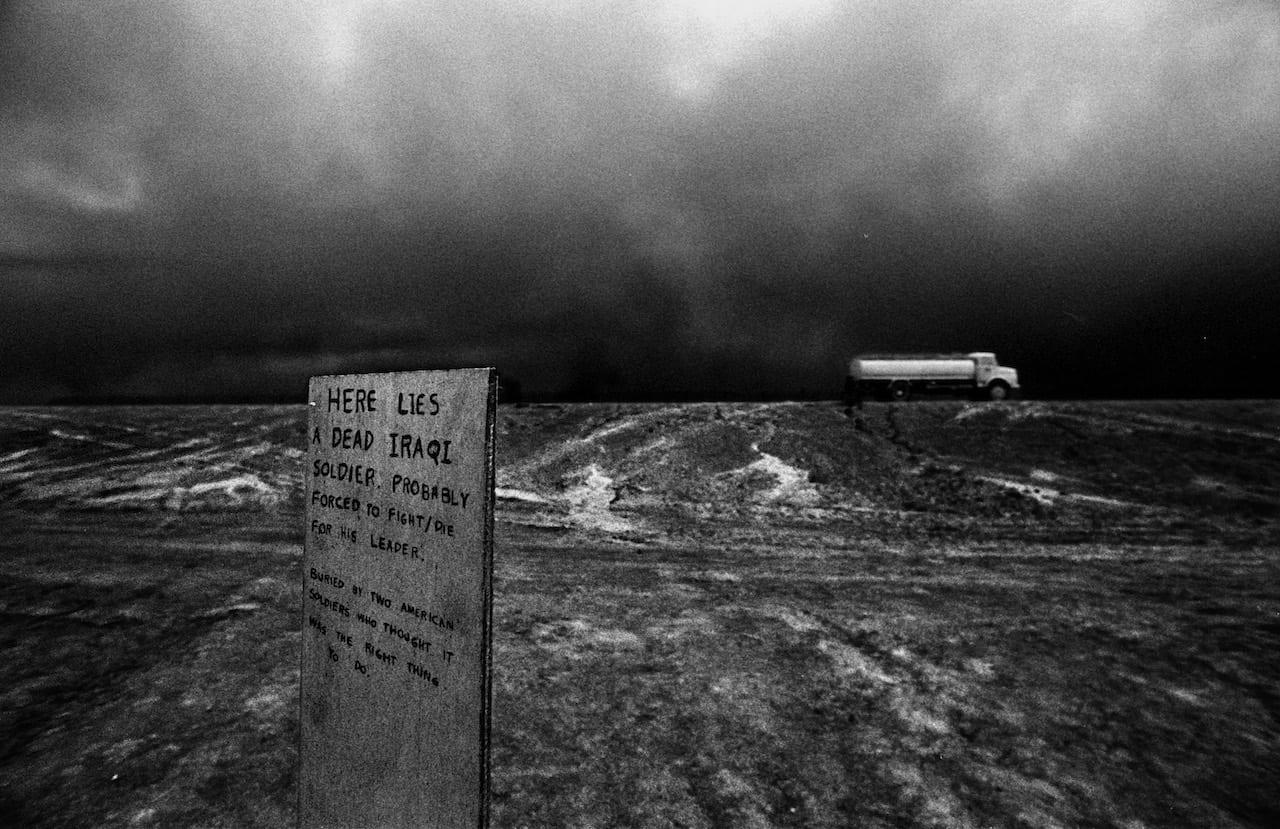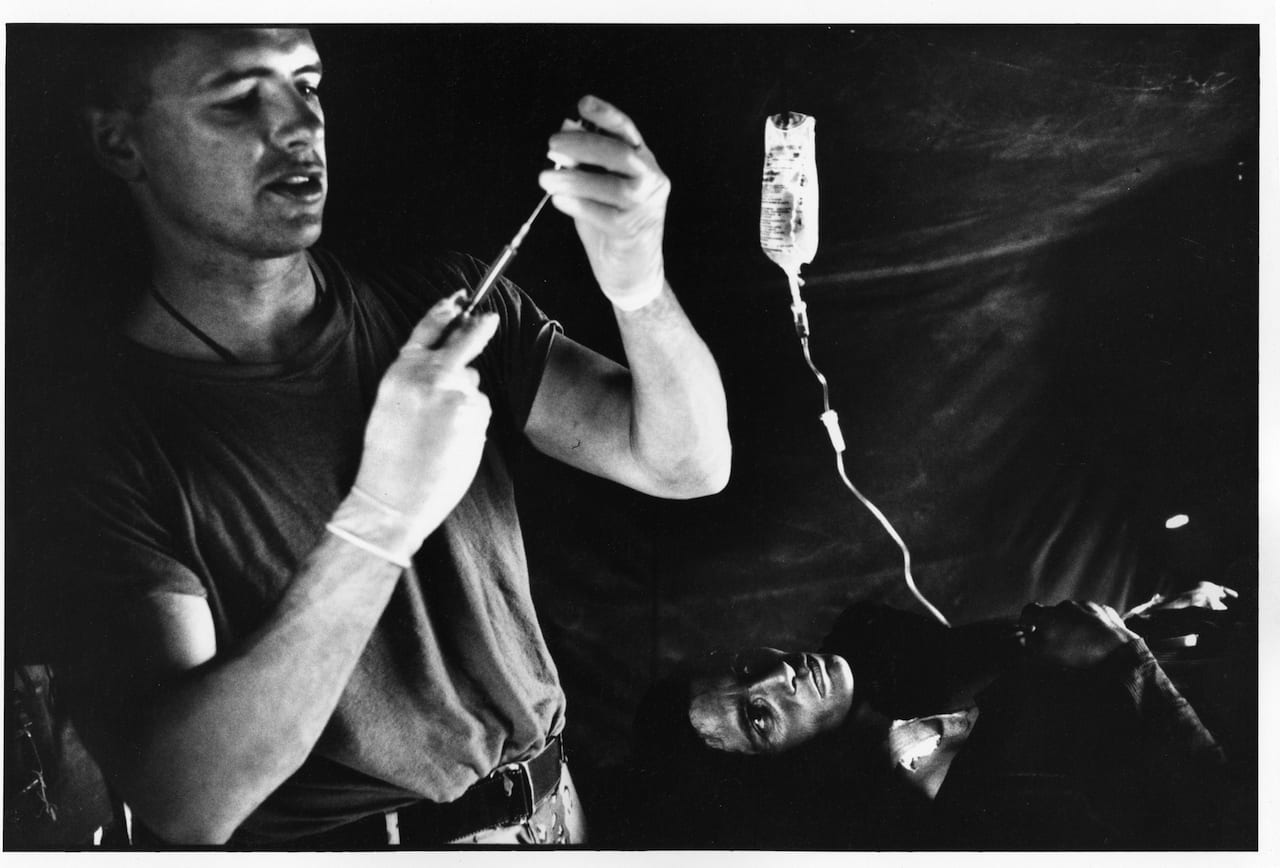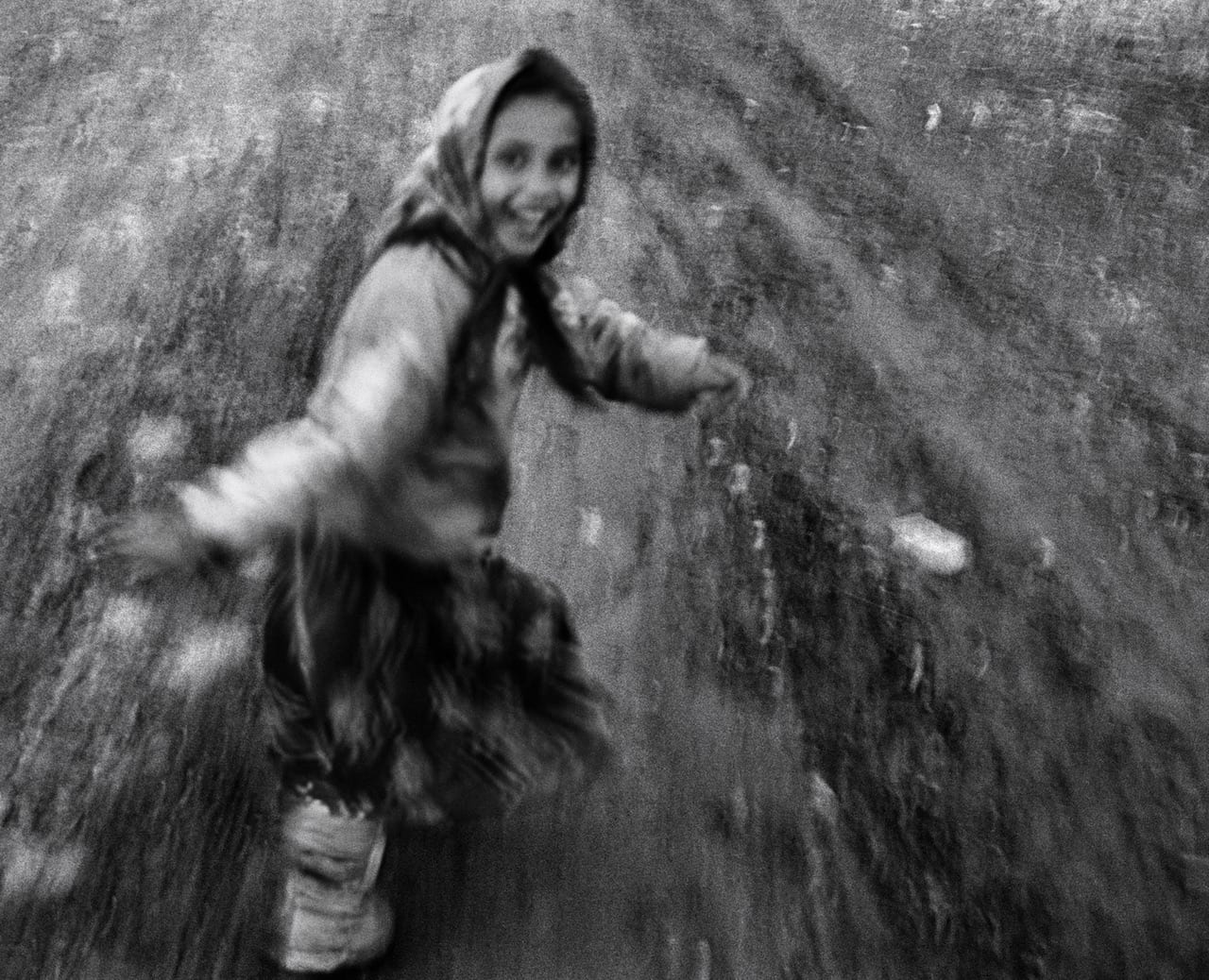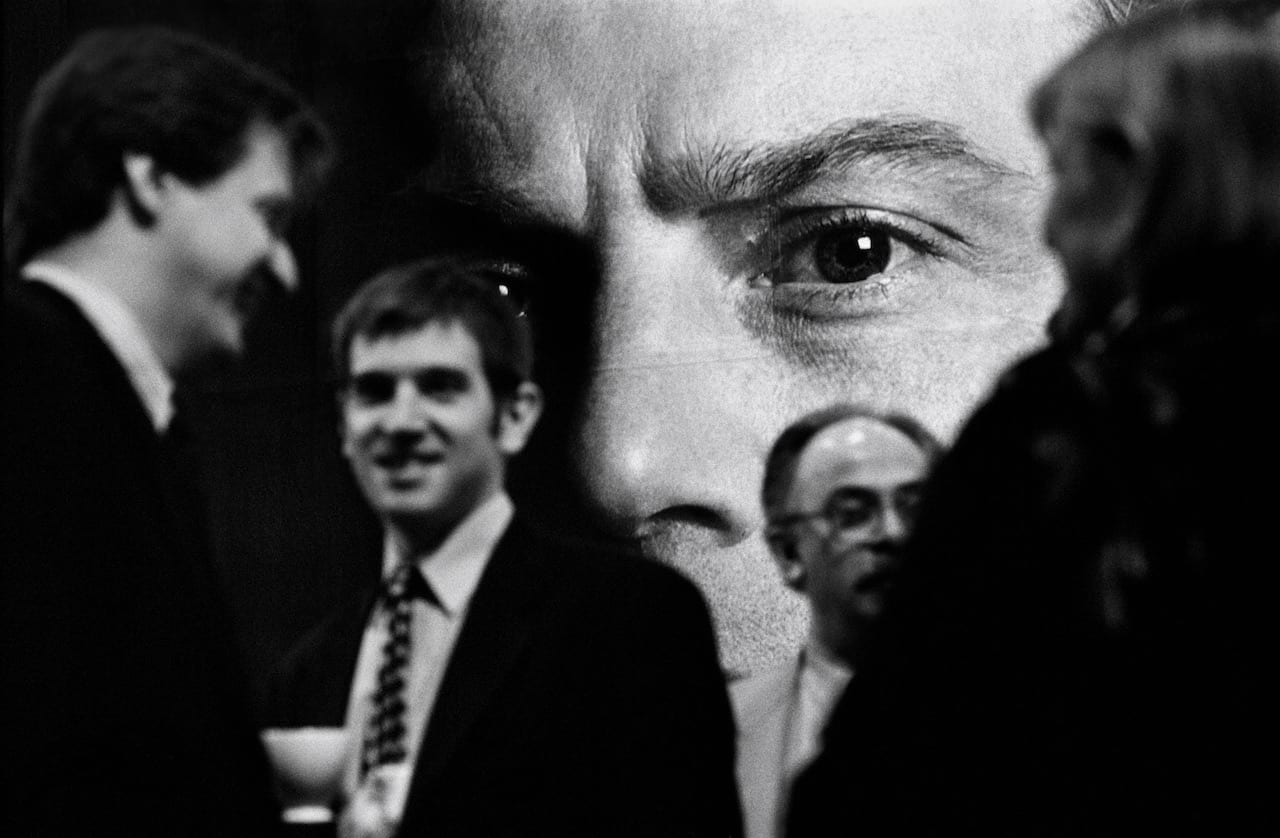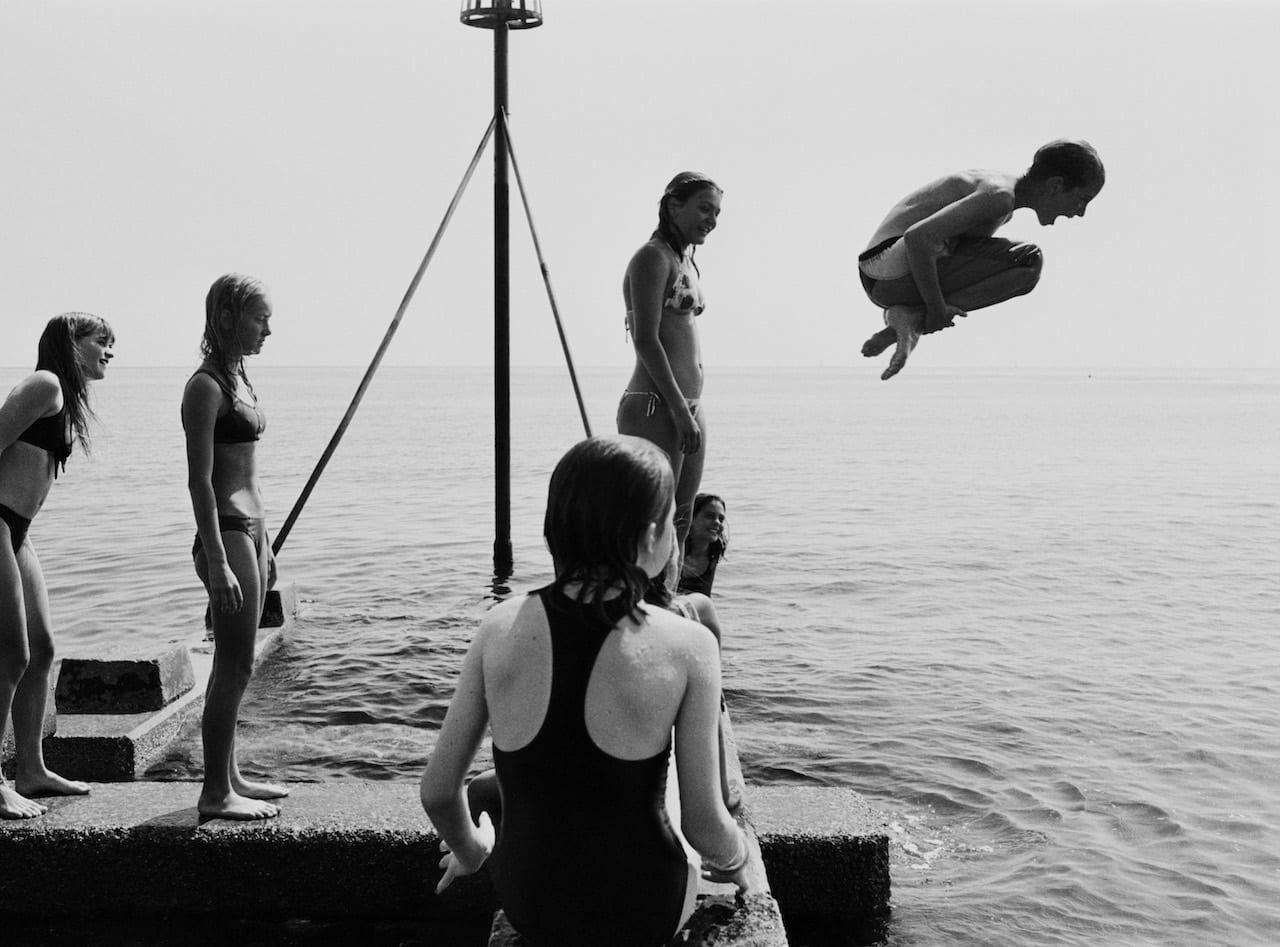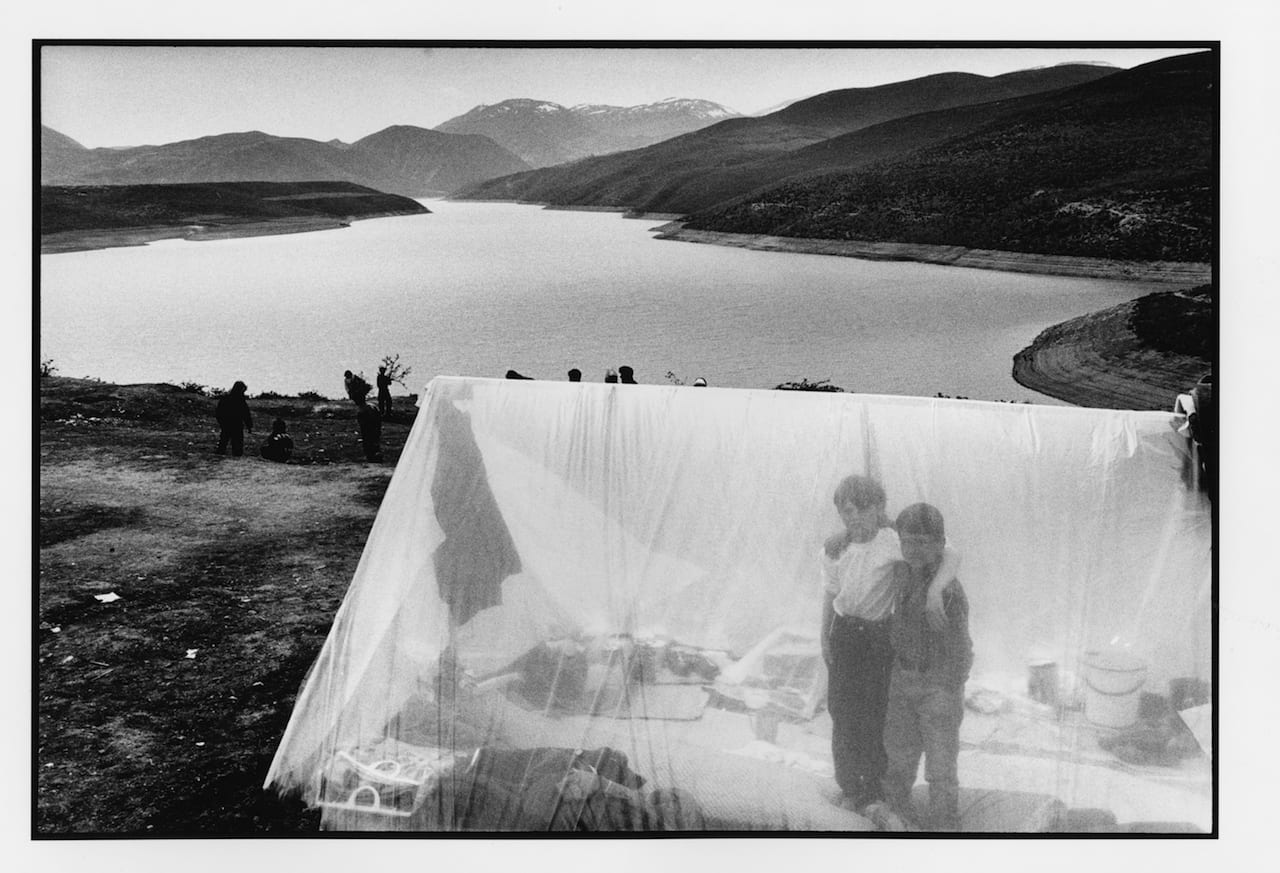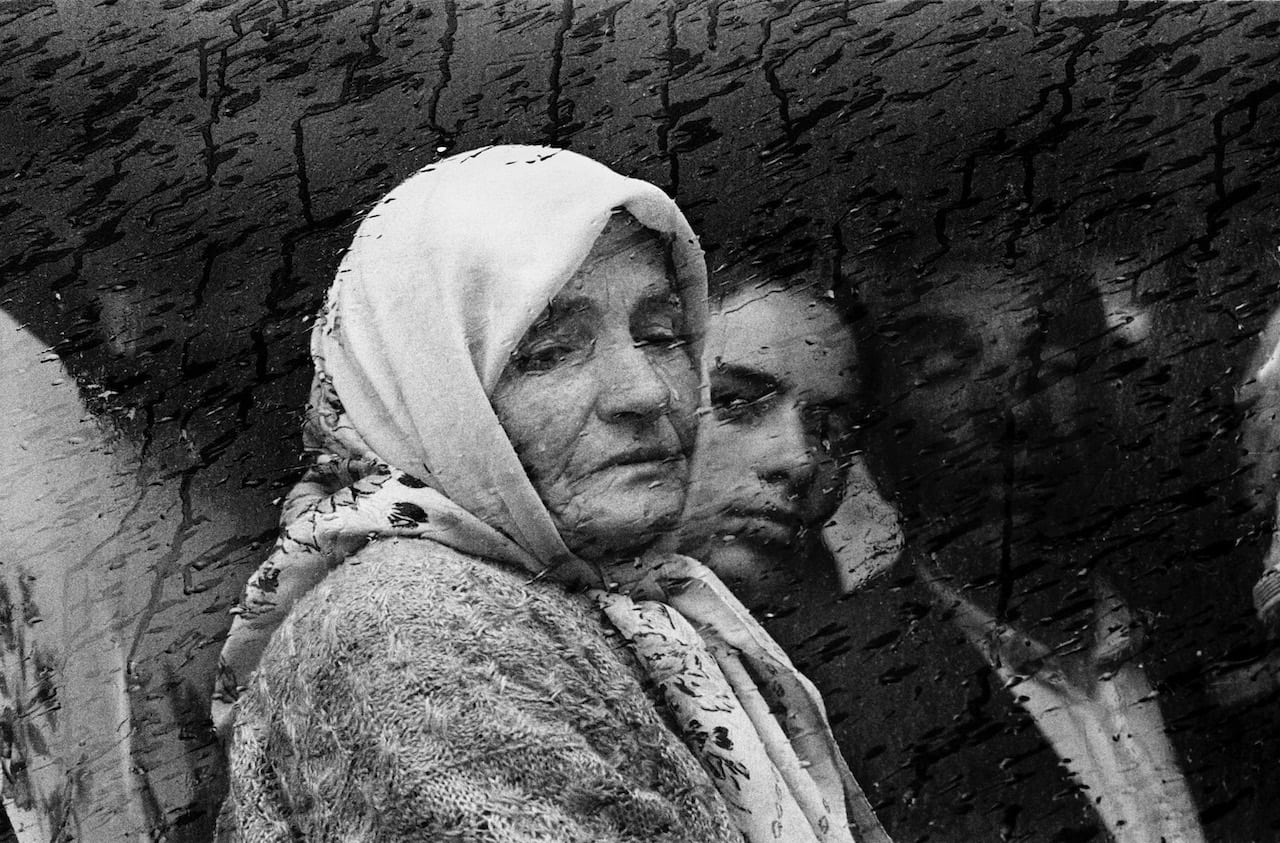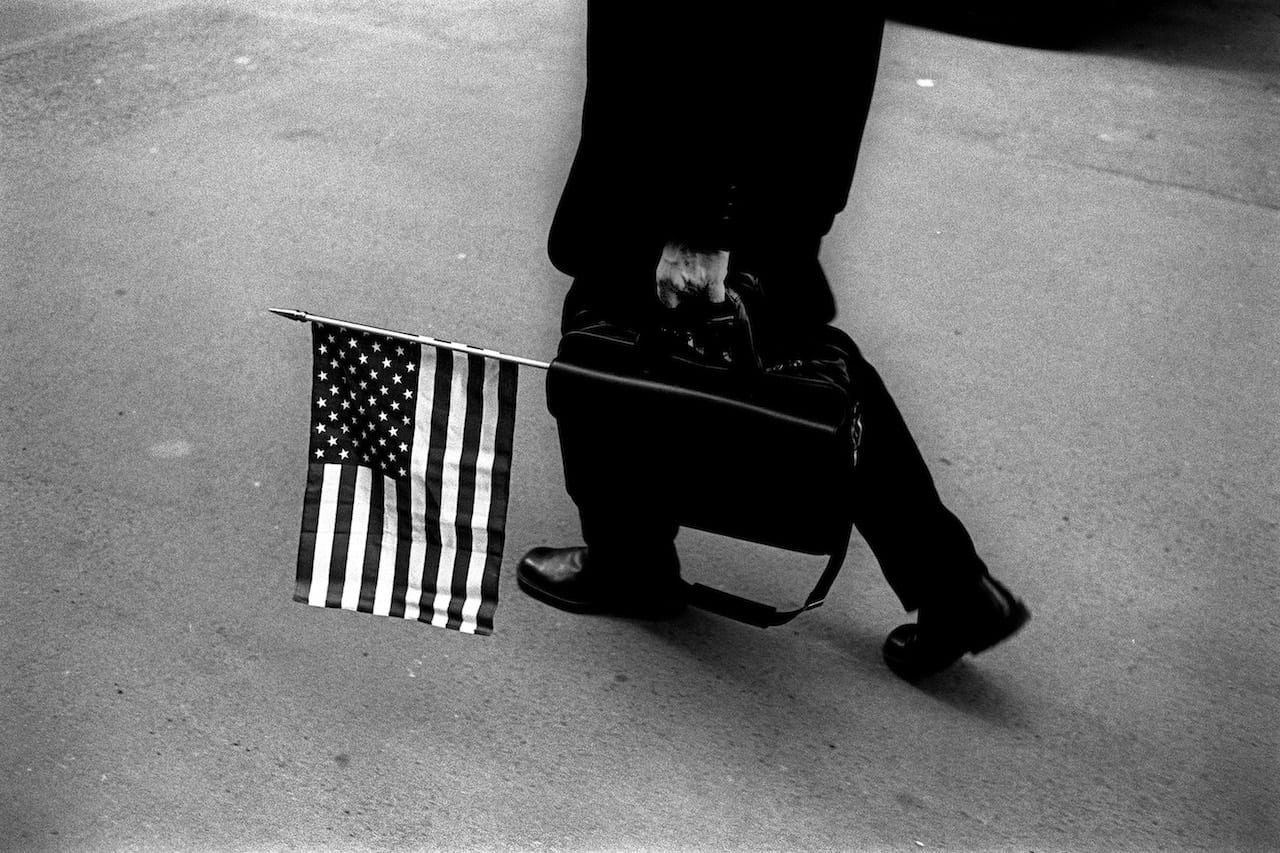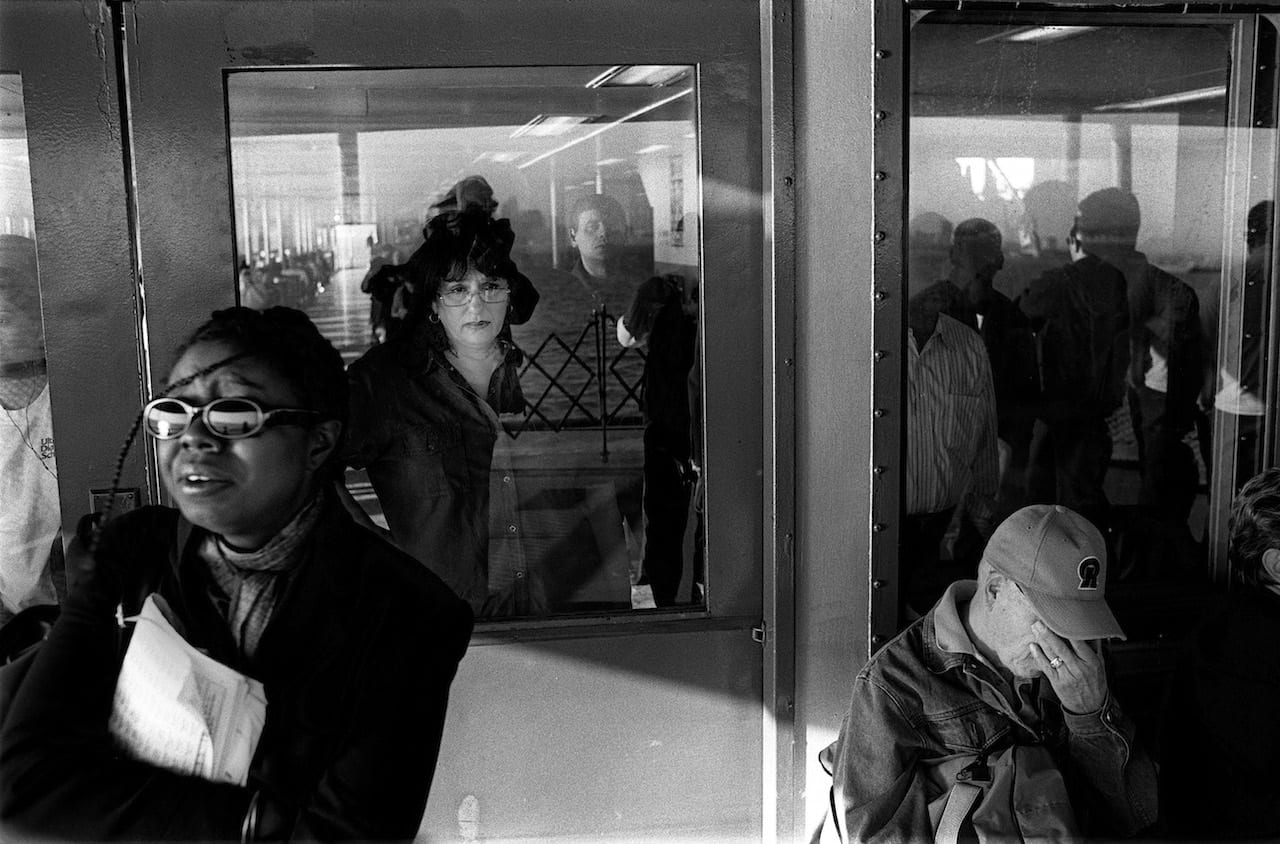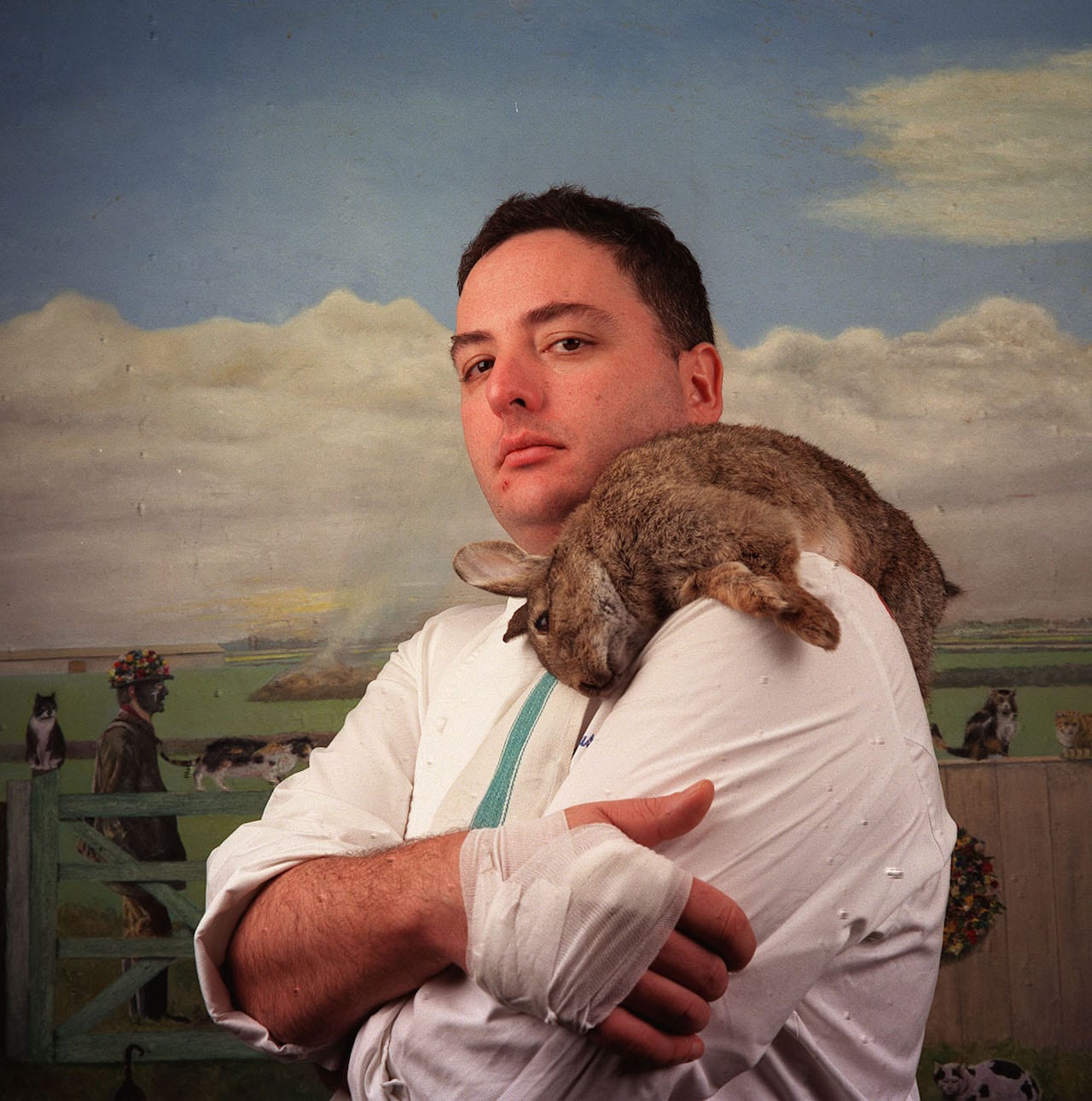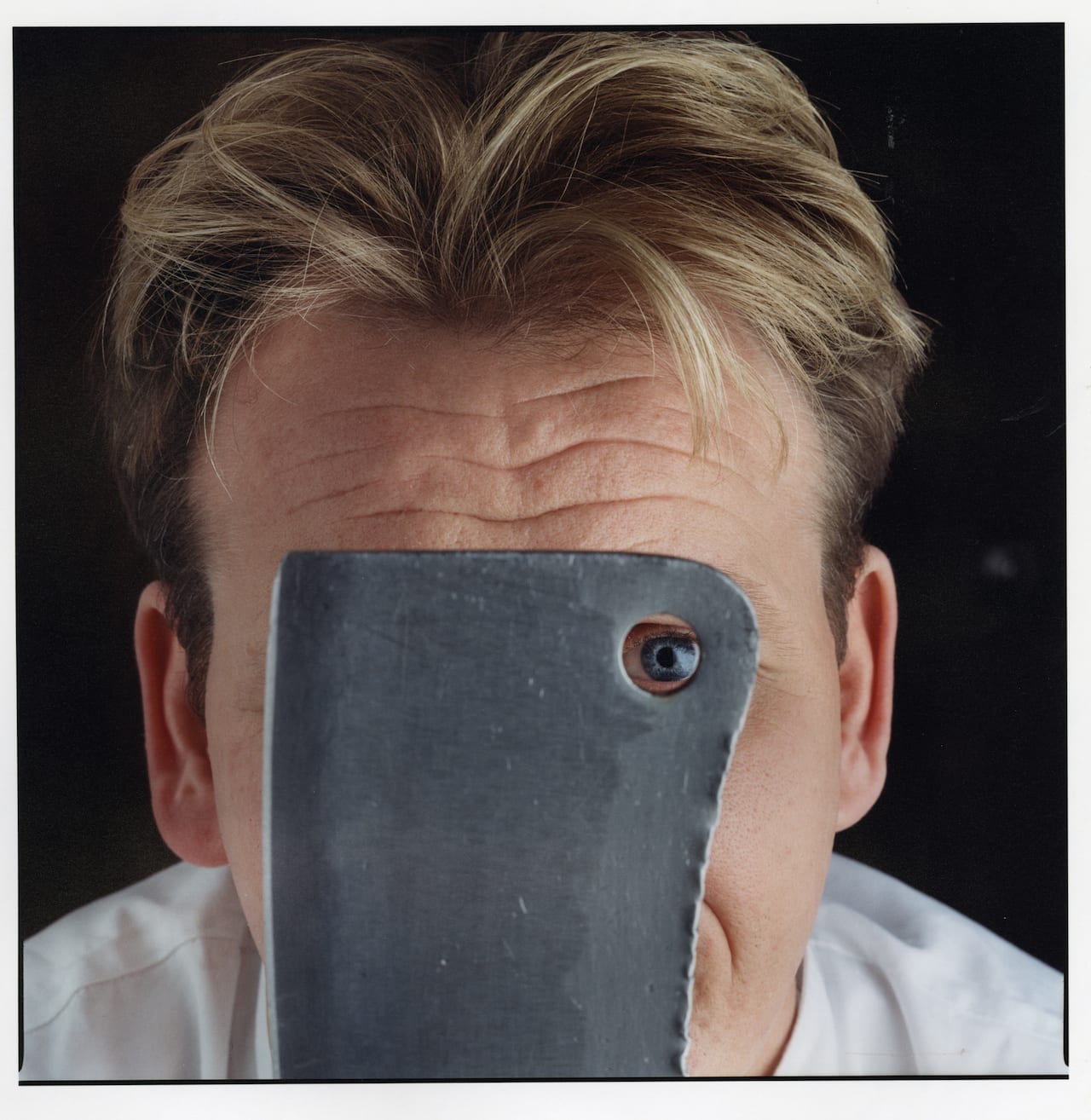“People say that John was brilliant but tricky, but he was only difficult if you were being mediocre,” says Sacha Lehrfreund, John Reardon’s long term partner and one-time colleague. “In a professional capacity he wanted to be excellent. He pushed it beyond a point that was comfortable for lots of people, but he made you better than you might otherwise be.”
“John Reardon was an artist,” says Greg Whitmore, picture editor of The Observer and another former colleague. “You can see it the photographs of Handsworth cricket fans, the Kosovan woman and baby, the portrait of Fergus Henderson…John was one of the greats of his generation.”
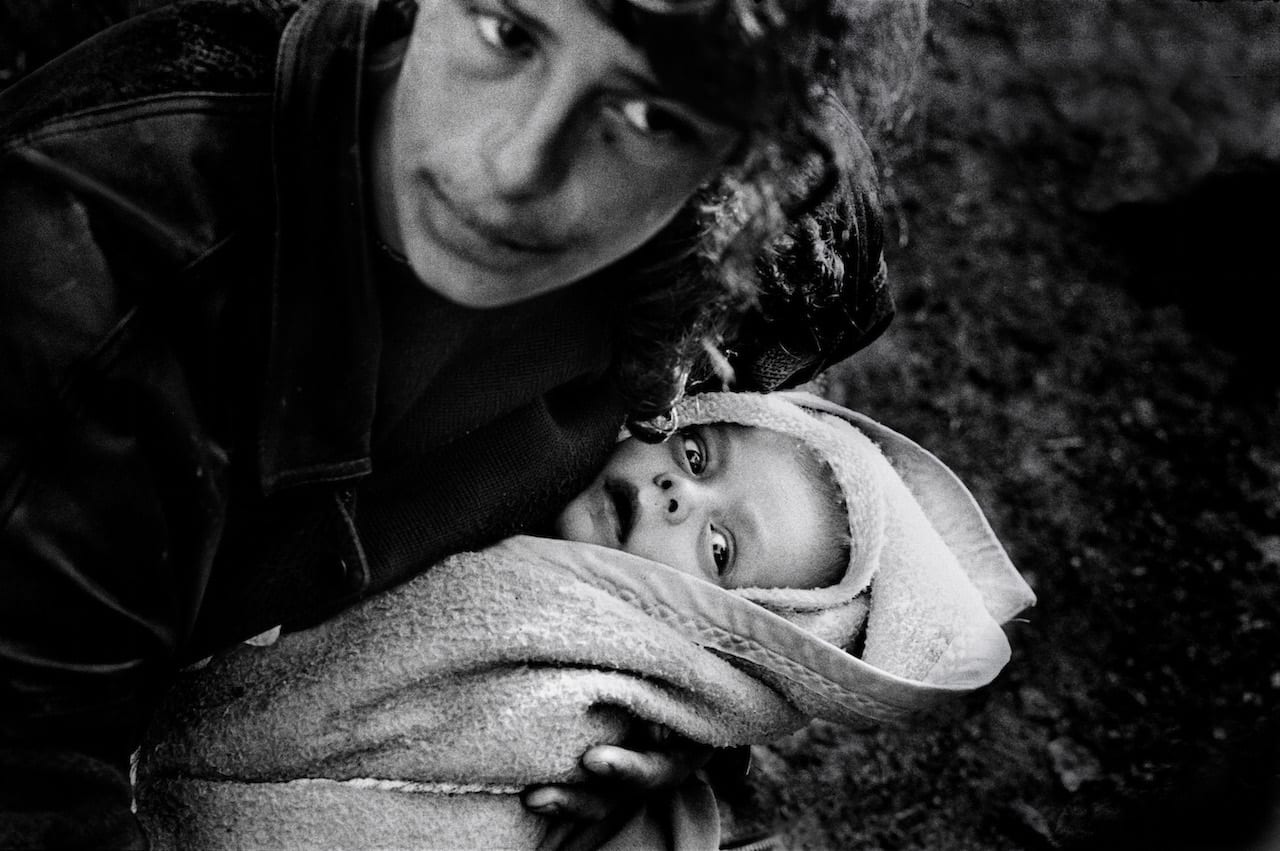
Born in Cape Town on 04 November 1951, John Reardon came from a politically-conscious family – his mother Vincie (née Klein) a teacher who had taken part in the Black Sash anti-Apartheid movement. Keen to spare him military conscription, his parents sent him to boarding school in Warwick, Britain at the age of 15, an experience he found difficult, according to Lehrfreund, and which he handled by “throwing himself into rugby”. As became characteristic of the man he excelled, going on to play for the England Under 19s.
After school he enrolled in an engineering degree at the nearby University of Birmingham but, already immersing himself in political and social issues, he soon dropped out to study photography at in the city – a move met with consternation by his father Jack. But Reardon made his own way, falling in with a what’s on magazine called Grapevine, where he befriended photographers such as Brian Homer and Derek Bishton, and started to collaborate with them from an office based in the inner-city Handsworth district.
“Roy Peters [Mahasiddhi], Rhonda Wilson and Orde Eliason joined us later – three Leos, three Scorpios, what could possibly go wrong?” says Homer. “Well there were tears, but a lot went right too. Working with him and socialising with him was edgy and there were arguments, but by goodness I’m proud of what we did together.
“John taught Derek and I the finer points of darkroom work (we never got anywhere near his skills) and much about photography too. It was one of the most creative parts of my life.”
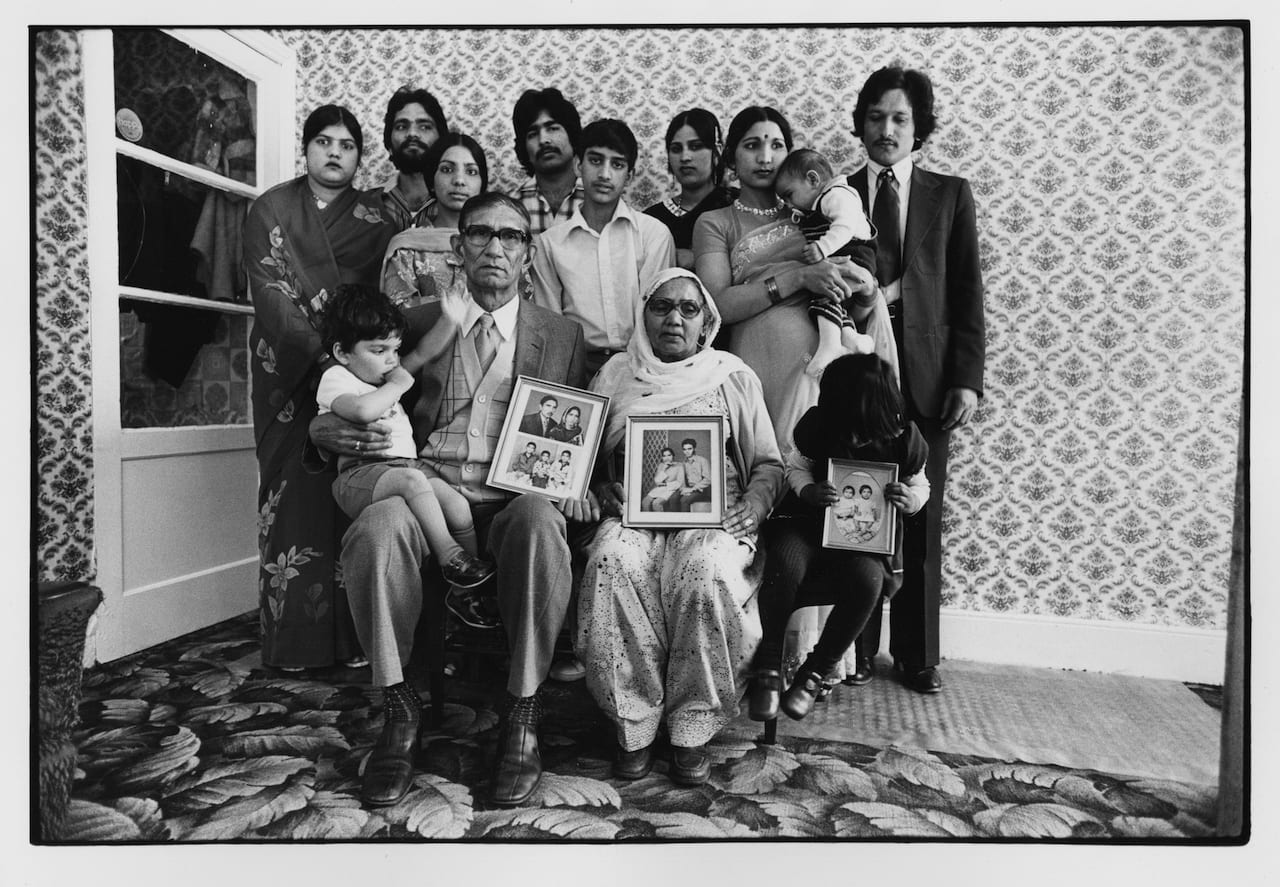
Together they published Movement of Jah People, the first guide to Rasta in the UK, and Reardon drove up and down the UK in his white VW van delivering it; they sold 11,000 copies, still an impressive number for a self-published project today. In 1979 Reardon, Bishton, and Homer made the original Handsworth Self Portraits, a series of portraits of the black and Asian locals shot against a white backdrop to put the focus on the individuals rather than their tough living conditions. Quickly becoming celebrated, it’s now held by Autograph ABP.
In 1979 Reardon, Bishton, and Homer joined with others including Rhonda Wilson, Roy Peters, John Taylor, Nick Hedges and Paul Lewis to set up Ten 8 magazine – a seminal quarterly that focused on British photography, and lasted until 1993. Many key photographers of the time contributed to it – including Paul Hill, Angela Kelly, Brian Griffin, Abbas, Susan Meiselas, Vanley Burke, Nigel Dickinson, and Chris Steele-Perkins – as well as writers, academics, and community activists.
Reardon and Bishton went on to publish Home Front in 1984, a book documenting daily life in Handsworth and, in doing so, advocating for better living conditions and opportunities for the people living there. The introduction was written by Salman Rushdie. “These projects stemmed from John’s deep desire for fairness and social justice,” comments Whitmore.
They also ensured that Reardon’s photography became widely seen, and he was soon picked up by the national press. He started shooting for The Observer in the mid 1980s, beginning a distinguished career in photojournalism that saw him photographing war and humanitarian stories in Sri Lanka, Kuwait, Bangladesh, Ethiopia, and much more.
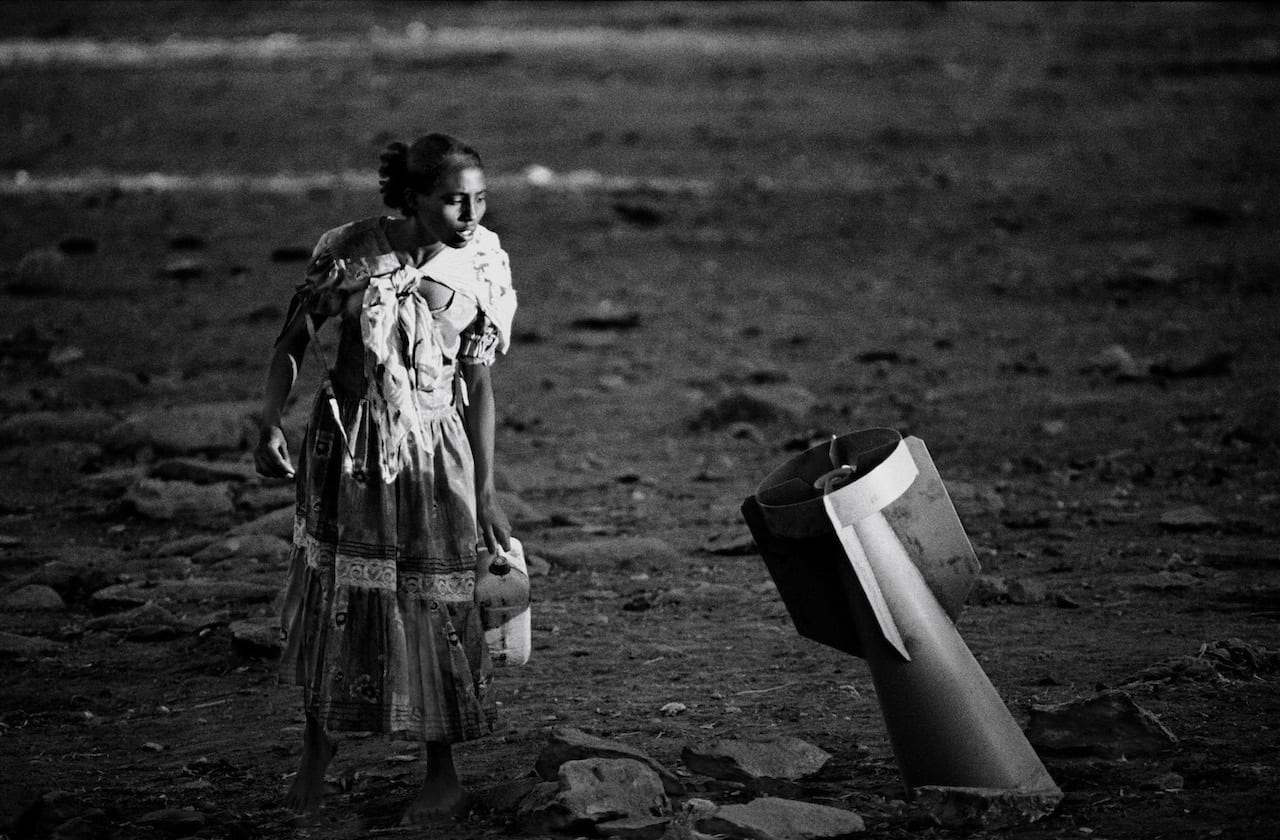
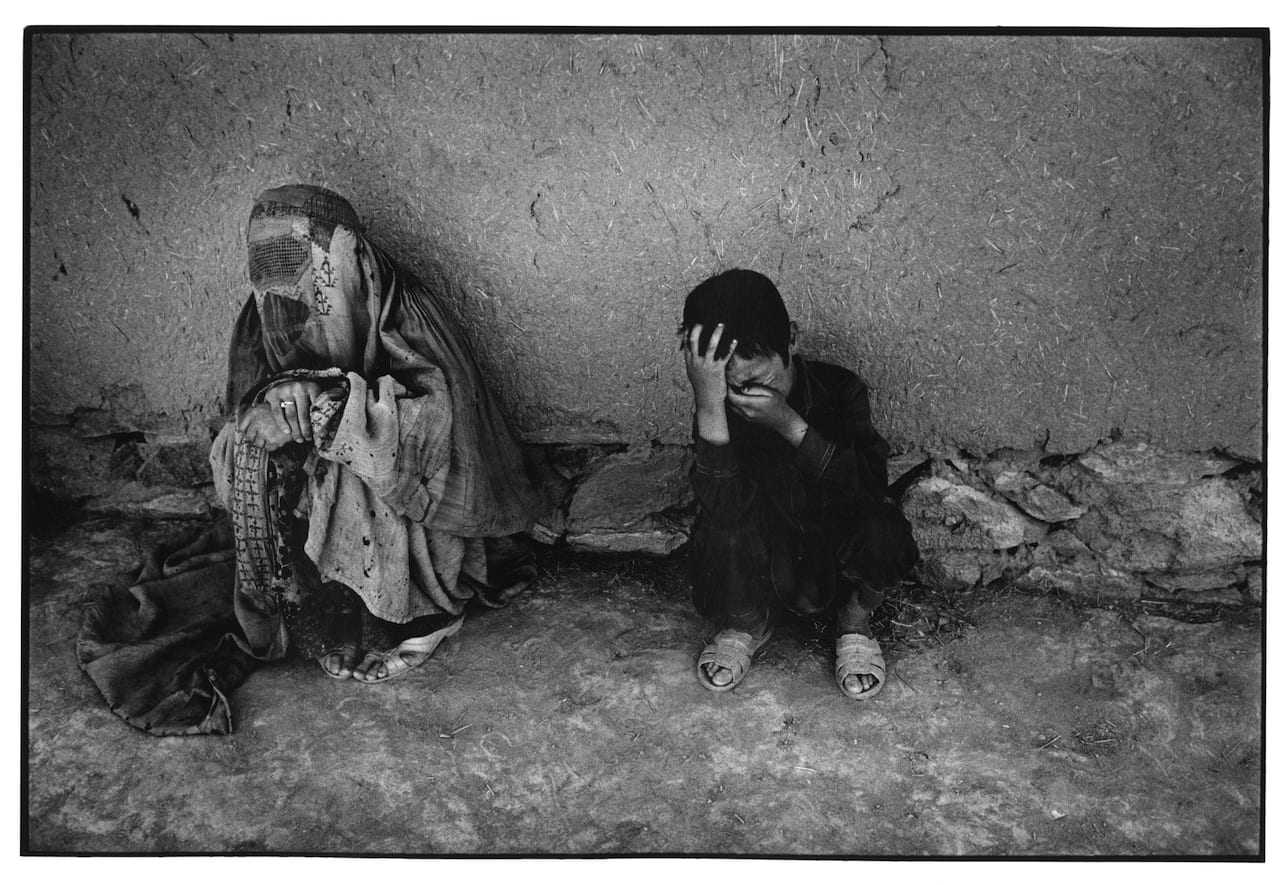
He joined the prestigious Independent Photographers Group set up by John Easterby in 1993, and in 1994 won recognition in World Press Photos for his work in Afghanistan – where he had been documenting the ongoing conflict and deprivation in a country officially no longer at war. Reardon was invited to apply to join Magnum Photos by Abbas (who by coincidence also died recently); he refused, the story goes, because his portfolio “wasn’t ready”.
But by this time Reardon also had a young family, and he decided to take a step back from photojournalism to be closer to his son, Alexander, as he grew up. In 1994 he became the picture editor of The Observer, holding the post for just six months but making a lasting impact while he was there, working with deputy picture editor, Whitmore and picture researcher, Lehrfreund, to fill the paper with hard-hitting photojournalism, and encourage emerging photographers.
“John was one the best photojournalists around, who gave me his time and patience and surprising believed in me when he became pic ed,” says Gary Calton. “Despite the pressures of pic editing and dealing with desk issues there was never a time he would not sit and go through contacts and prints and give his unrivalled opinion of my work…
“It’s a testament to his and latterly Greg Whitmore’s belief in me that I, a working class kid from Sheffield, have had the life experiences and opportunities to meet so many wonderful people. So aside from the photography, I owe him a huge thank you for the friendship.”
Picture editing wasn’t for Reardon and he was soon back in the field, shooting stories for The Observer such as Tony Blair’s rise to power, the civilian cost of the Kosovan War, and the aftermath of 9/11. He was, says Anne Treneman, former Observer foreign editor: “A great photographer whose perfectionism and passion made us all strive to be better at The Observer…Rwanda, Bosnia. Afghanistan…he truly cared.”
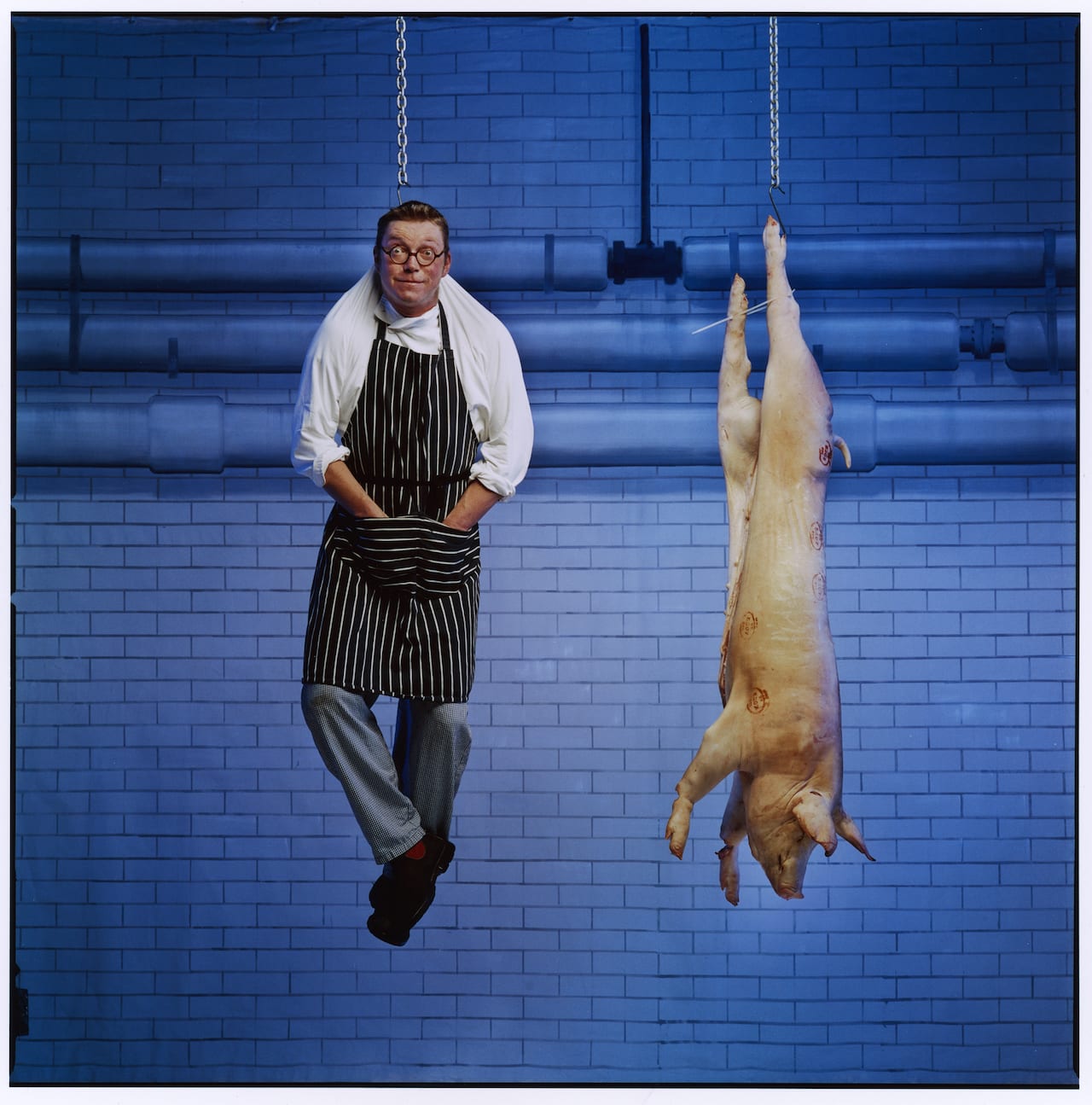
Around this time Reardon also started to experiment with portraiture and, when The Observer launched its Observer Food Monthly magazine in 2001, he found a new creative outlet shooting ground-breaking photographs of chefs – helping create a visual identity for the magazine that still persists, and always, always, doing it for real. His portrait of 12 Michelin-starred chefs – which was subsequently bought by the National Portrait Gallery – features a real wheel of brie thrown over Gordan Ramsay’s head; he really hung Ferguson Henderson on a meat hook.
“John loved the idea [of a photograph] and wanted to do it for real – just photoshopping something in later wouldn’t have interested him,” says Lehrfreund. “He really put Fergus Henderson on a meat hook next to a pig – Fergus had Parkinson’s, and we had to pay to dispose of the pig, but he hung him up there anyway. He was very much his own man.”
“He would never acknowledge his own greatness as a photographer,” says Whitmore. “If you complimented him, late at night over a glass of red wine and a cigarette, he would harrumph it away. He didn’t talk about the work he’d done. He wouldn’t volunteer war stories. He’d rather ask about your family or talk about his. I think he always thought better was to come and he doubted his achievements. He shouldn’t have.”
Reardon died on 21 April, after a short illness.
